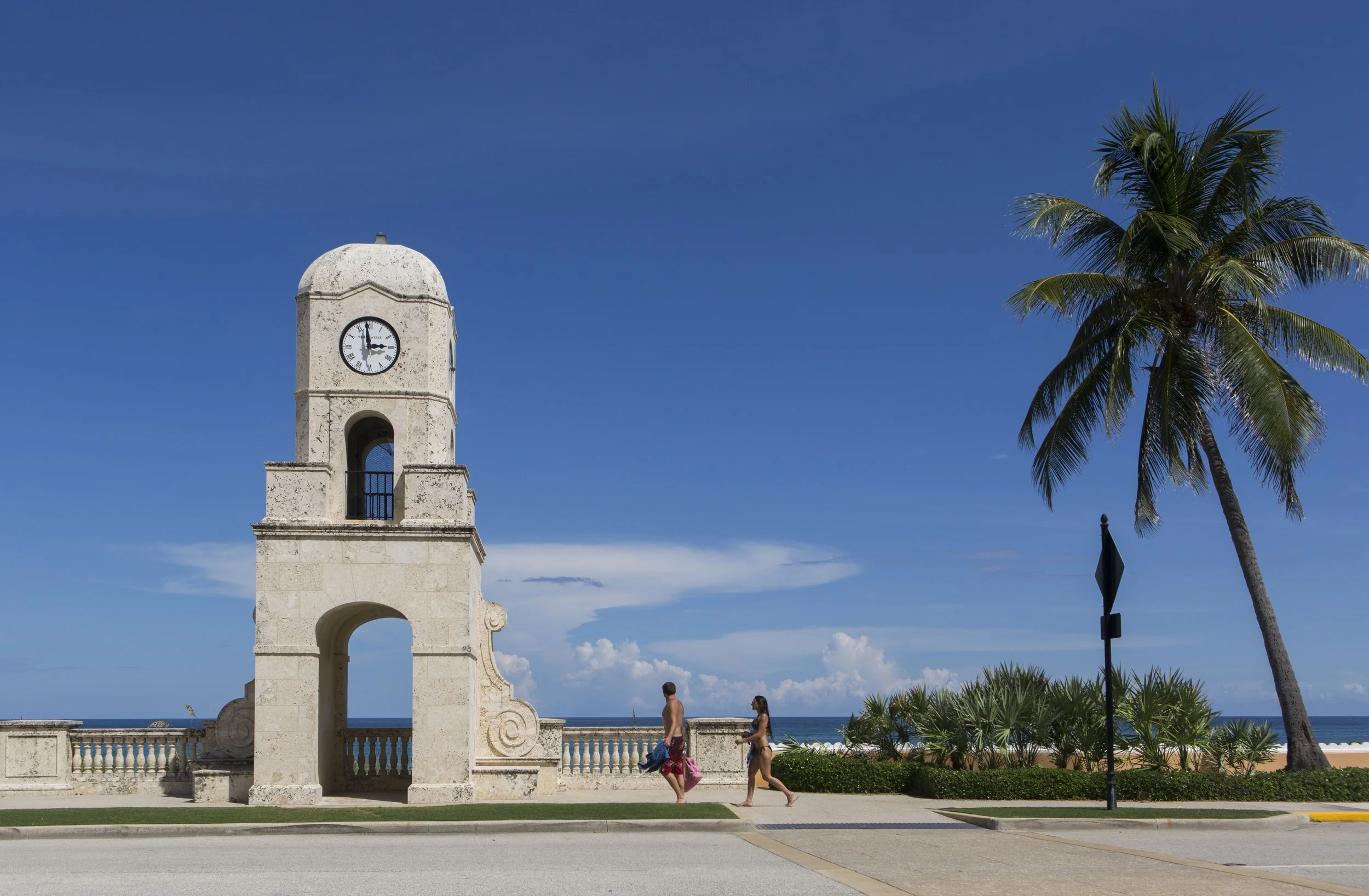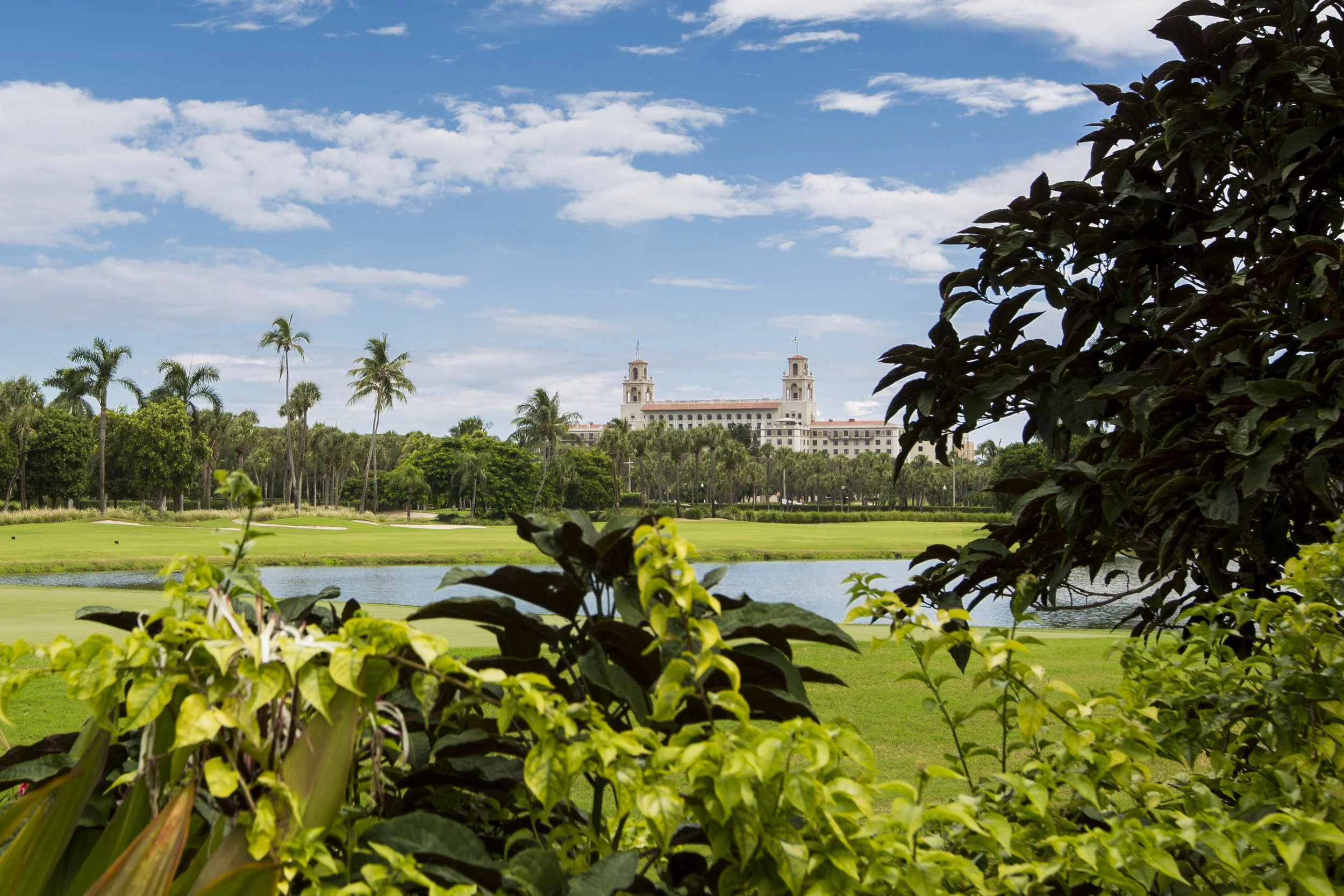History of Palm Beach
The Beginning
When the first settlers arrived in what was to become Palm Beach, the entire area was known as “Lake Worth”, named for Major General William Jenkins Worth who fought in the Second Seminole War. Pioneers struggled to clear land for their houses and to make room for their crops. The first of the permanent pioneers arrived in 1872. According to early settler accounts, Palm Beach received its name from a shipwreck named the "Providencia." The ship washed ashore in January 1878 with a load of coconuts bound from Havana to Barcelona. Early settlers lost no time claiming salvage and planting the coconuts, which were not native to South Florida, in an effort to launch a commercial coconut industry.
History as a Tourist Location
Word of the area’s beauty spread northward and by 1880 the first hotel, the Coconut Grove House, opened to accommodate tourists. By the early 1890s the island community was well established with several hotels, businesses, and winter residents. The pioneer era ended in 1894 with the opening of Henry M. Flagler’s Royal Poinciana Hotel and the arrival of the Florida East Coast Railroad in 1896. The railroad tracks crossed Lake Worth so trains could deliver their passengers directly to the Flagler System hotels, which included the Palm Beach Inn directly on the ocean. Soon renamed The Breakers, because so many guests wrote asking for a room “down by the breakers,” fire destroyed the hotel in 1903. Henry Flagler ordered a larger, more luxurious hotel built at the same location, which opened for business the following year. The hotel was again destroyed by fire in March 1925 and was replaced by the magnificent stone structure which continues to serve as a Palm Beach landmark today.
Incorporation
The Town of Palm Beach was incorporated on April 17, 1911. Thirty-five men (women did not have the vote yet) met at the Palm Beach Hotel that night and voted to incorporate what was only the second recognized municipality in Palm Beach County. They also elected the first officials: Elisha N. Dimick, Mayor; John P. McKenna, Town Clerk; Joseph Borman, Marshal; and J. B. Donnelly, William Fremd, John W. Doe, Enoch Root, and J. J. Ryman, Councilmen. In 1929, the Garden Club of Palm Beach sponsored the preparation of a Town Plan.
World-Renowned Beauty
After over 100 years of graceful evolution, Palm Beach today is a fully developed community, world-renowned for its beauty, quality of life and small-town character. It is home to “Captains of Industry” and the world famous Worth Avenue. Approximately 9,000 citizens make Palm Beach their year-round home, and about 20,000 more have a seasonal home in Palm Beach where they enjoy the winter months. Together, these residents of Palm Beach donate more money per capita to charities than any other community in America. The Town is governed by an elected Mayor and a five-member Council, operates under the Council-Manager form of government, and provides a full range of quality municipal services. It has an active historic preservation program, strict zoning standards, high levels of public safety and public works services, 3 miles of public beaches, and a wide array of recreation programs, including award winning golf and tennis facilities.
Courtesy: Palm Beach Chamber of Commerce




